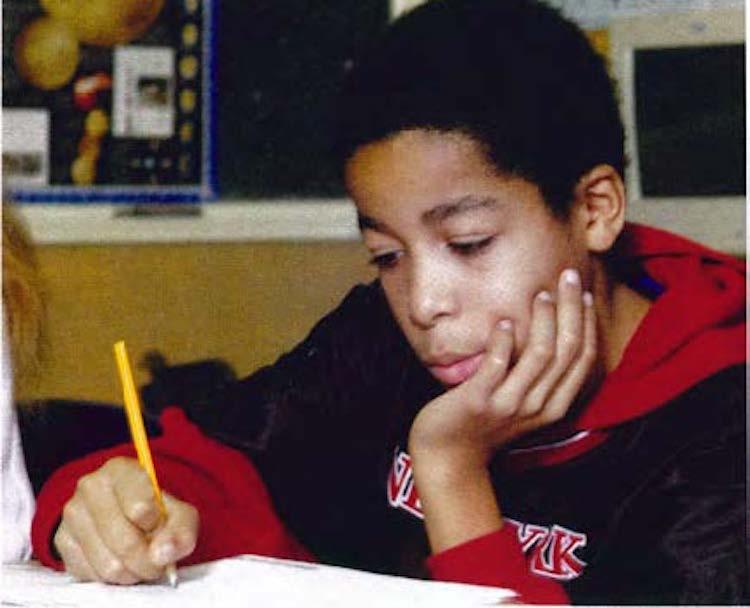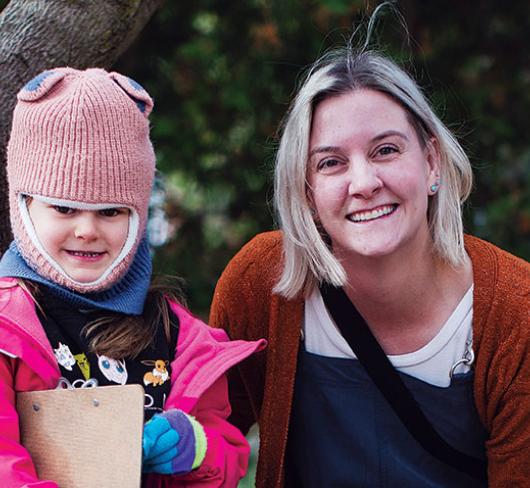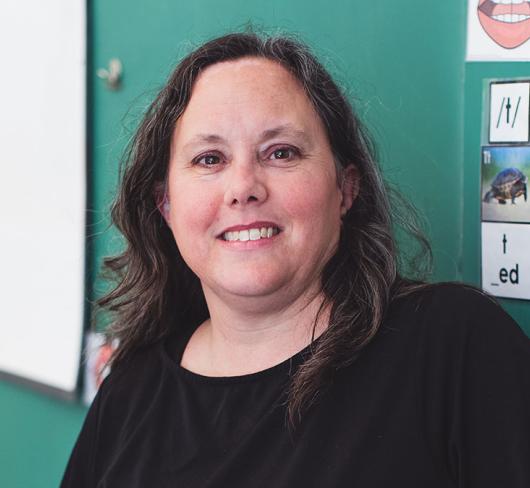
JUMP: John Mighton's Math Program
BIG claims ... global mission!
“Though the developed countries of the world presently have the resources to feed and educate everyone on earth, more than half the world’s children live in abject poverty ... JUMP was founded in reaction to the institutionalized apathy and ignorance that underlie these problems.”1
“JUMPs results show that even children written off by the school system can succeed.”- Today's Parent, quoted on the cover of the grade 4 workbook.
Although he does not enter into the ongoing debate about whether genetics or environment is the more dominant factor in a young persons development, John Mighton is definitely on one side of the dispute when it comes to being able to comprehend mathematics. His book is entitled The Myth of Ability.
His program, then, operates from the basic assumption that, “all children, except possibly those who are so severely disabled that they would not be enrolled in a regular public school, can be led to think mathematically,” and that “we can raise the level of even the weakest students sufficiently to enable them to appreciate and master genuine mathematics. At this level, sheer intelligence is almost secondary.” Hence the subtitle of his book: “Nurturing Mathematical Talent in Every Child.”
Mighton sees the present Ontario school system itself as being very nurturing, but in a destructive way: he points to oversized classrooms and a “system predicated on the idea that only a few students will excel.”
Mighton also points an accusatory finger at the Ministry of Education, arguing that it is not the ideals of the new math but “the way those ideals have been implemented in our school - with textbooks that appear to have been written in a great hurry and by teachers who have received insufficient training and support” that make many children feel they can t do mathematics.
Unfortunately, his criticisms are not mere rhetoric; and while he may paint with too broad a brush, and sometimes with the wrong shades of colour, he is addressing a real situation: namely, that too many students are not developing satisfactory levels of mathematical proficiency. The question, however, remains open as to how best deal with the situation.
We have had, together with varying degrees of teacher comfort with the subject, awkward teaching resources, and out-of- date traditions around pedagogy and remediation. However, we also now have widespread professional development taking place to increase teacher confidence in mathematics, and province-wide professional development in both research-based pedagogy and in how children learn mathematics. We also have independent solutions such as John Mighton’s JUMP program.
The problem we face is that the two programs, provincial and independent, clash in philosophy as well as practice.
“To most educators, the idea of an entire class doing well in any subject seems absurd.”
Mighton throws out this challenge in the face of the new approaches for the teaching of mathematics: experiments and open-ended activities “should not, I believe, be used extensively in a large classroom until a teacher is certain the entire class has developed the numerical and logical skills, as well as the confidence and motivation, to do this kind of work.... any such approach should be formulated in rigorous detail by its proponents and tested exhaustively in large classrooms with teachers who are not confident in math. If it doesn’t work for every student in the class, it shouldn't be used.”
The new pedagogy that is being presented across the province through such programs as the Early Math Strategy, TIPS, and now Junior Math Strategy, has much anecdotal evidence from around the world as being successful with many children; Mighton claims anecdotal evidence shows his program is successful with all children. The battle lines have been drawn!
Mighton does once make a small step back toward a more inclusive view, but with a proviso: “The JUMP program was specifically developed to help children who have fallen behind to catch up quickly. I would never claim it is the only way to teach mathematics, or even the best.”
Mighton s program is built around the breaking down of all the learning into small steps. The steps that he often uses as illustrations, whether in his book or in his talks, have led to the criticism that he is teaching students to perform algorithmic operations through pattern recognition and memorization of mechanical responses to specific patterns.
Mighton s response to such criticism is, “It is not the intention of the JUMP program to produce students who can only do mathematics by rote, or who experience mathematics as an endless series of mechanical drills. Even in the most basic units, students are expected to explain how operations work and generalize rules to deal with new cases by themselves.” However, the limited materials I have seen (his book and the student workbooks), have not widely lent themselves to presenting the higher level thinking activities that Mighton suggests are also part of his program.
One of the features of 'doing mathematics’ is problem solving - an activity which involves taking risks. “Many major international reports have confirmed that teachers need to use problem solving and reasoning as the focus of their instructional practice.2 Yet, judging by the workbook (in this case, grade 4) rich learning tasks and problem solving (as opposed to simple word problems) are not prominent. Nor do there seem to be sufficient opportunities for developing (as the new curriculum requires) the seven mathematical processes “through which students acquire and apply mathematical knowledge and skills.” 3
Taking risks sometimes results in failure as an intermediate step on the way to solving the problem. John Mighton s program, at present, is designed to be risk free. However, he claims his development team recognizes that kids do have to learn how to deal with failure; the problem is that they don’t know yet when to let kids fail. They want the kids to be able to fail without them thinking of themselves as a failure.
But what of all the anecdotal evidence John Mighton has, both in his book and on his website as to the efficacy of his program? What I haven’t mentioned to this point is how the program is implemented - and that might possibly help explain his successes. There isn’t space enough to go into great detail but two features stand out.
First, to address all of the needs in a class, a teacher must be assisted by tutors that work with students one-on-one. He recommends having an assistant “several times a week” and “in the first few months of the program, to have several extra tutors on hand once a week, so that students who are extremely delayed, unmotivated, or inattentive can be given lessons individually, or in small groups.” A mid-size grade 3 to 6 school would need 20 volunteer tutors to set up an effective program.
Secondly, building-up self-esteem and self-confidence in students is a critical component of his program. “A program that allows children the luxury of success also allows teachers the luxury of giving them praise. This approach may take some getting used to for some teachers, especially those who have learned to rely on more traditional means (such as guilt, fear, or anger) to motivate their students, or who are afraid to encourage false hopes...”
Research tells us these two factors alone - one-on-one tutoring and continual positive reinforcement alongside activities with built-in success - can have enormously positive effects on a student’s attitude and performance.
John Mighton’s strategy for bringing along students who are lagging behind academically is novel: “I have come to believe that the best way to motivate children who have fallen behind is to skip them ahead - to convince them they are capable of doing work beyond their grade level.” Which leaves only the question of whether a grade 3 student performing grade 7 fraction manipulations is as valuable a learning achievement as that same student working successfully on truly problematic situations requiring only grade 3 skills. There are many educational researchers today who would say, “No.”
The debate has ended with a split decision: there is much that should be learned from John Mighton ... and much that John Mighton should learn.
- Page 52.
- Bowman, Donovan, & Burns, 2001; Bredekamp & Copple, 1997; Kilpatrick et al., 2001 ; NCTM, 2000; Pallascio, 1990; The Report of the Expert Panel on Early Math in Ontario.
- The Ontario Curriculum, Grades 1-8, Mathematics, 2005.

